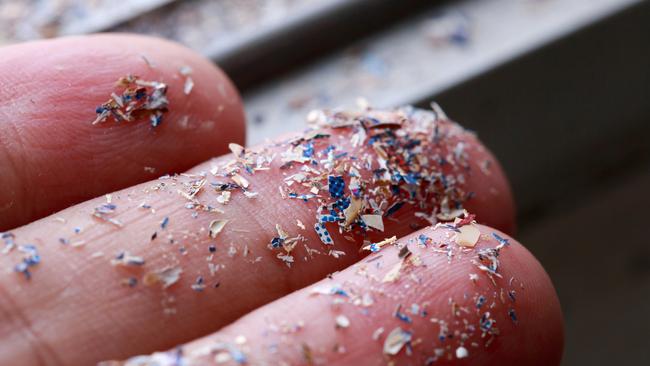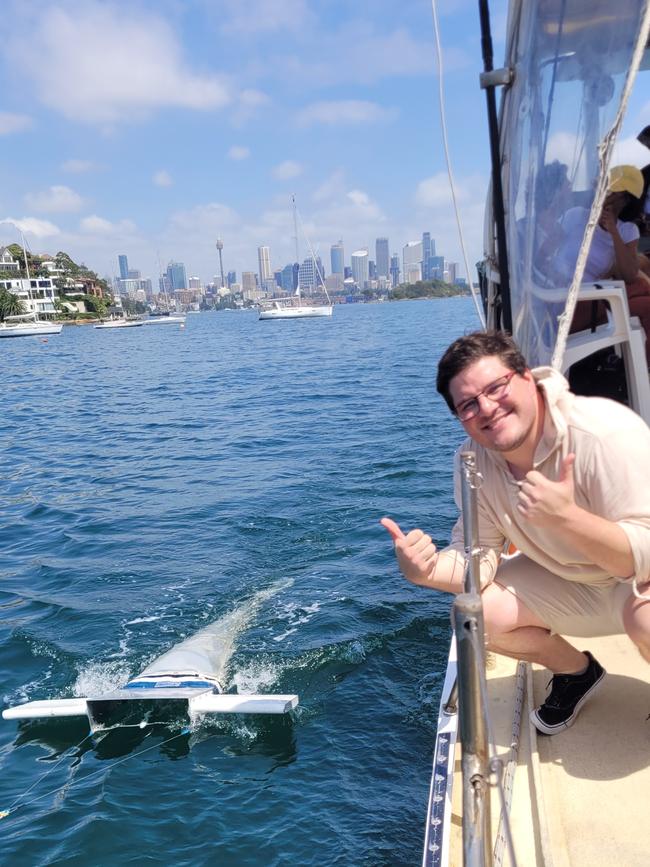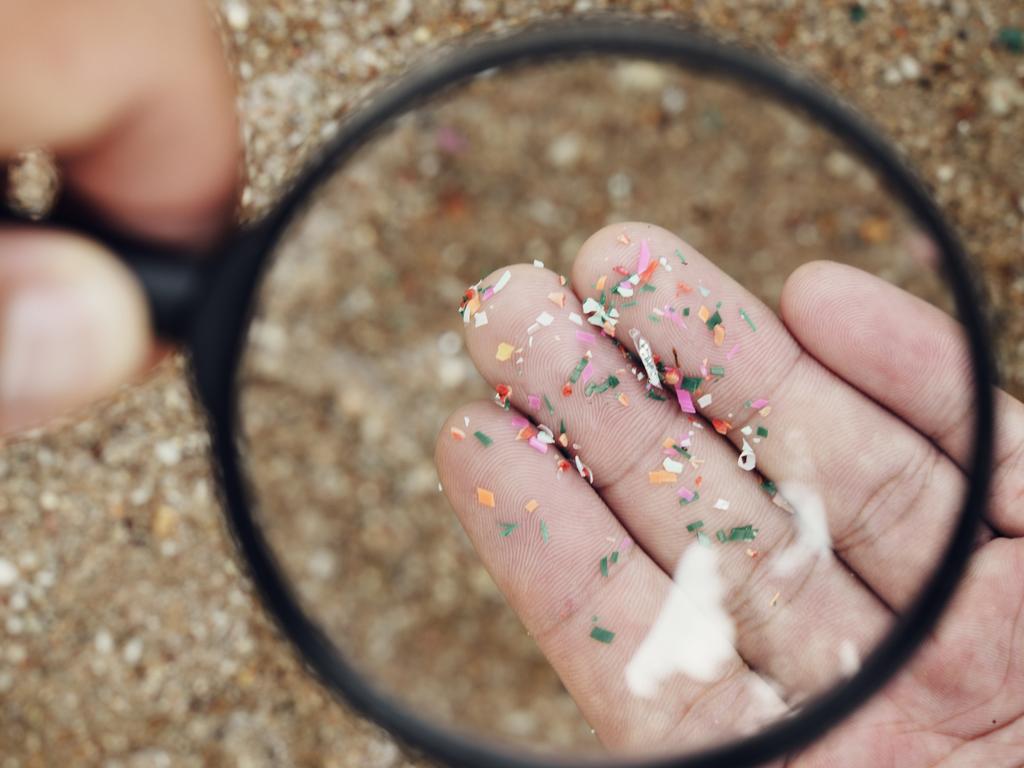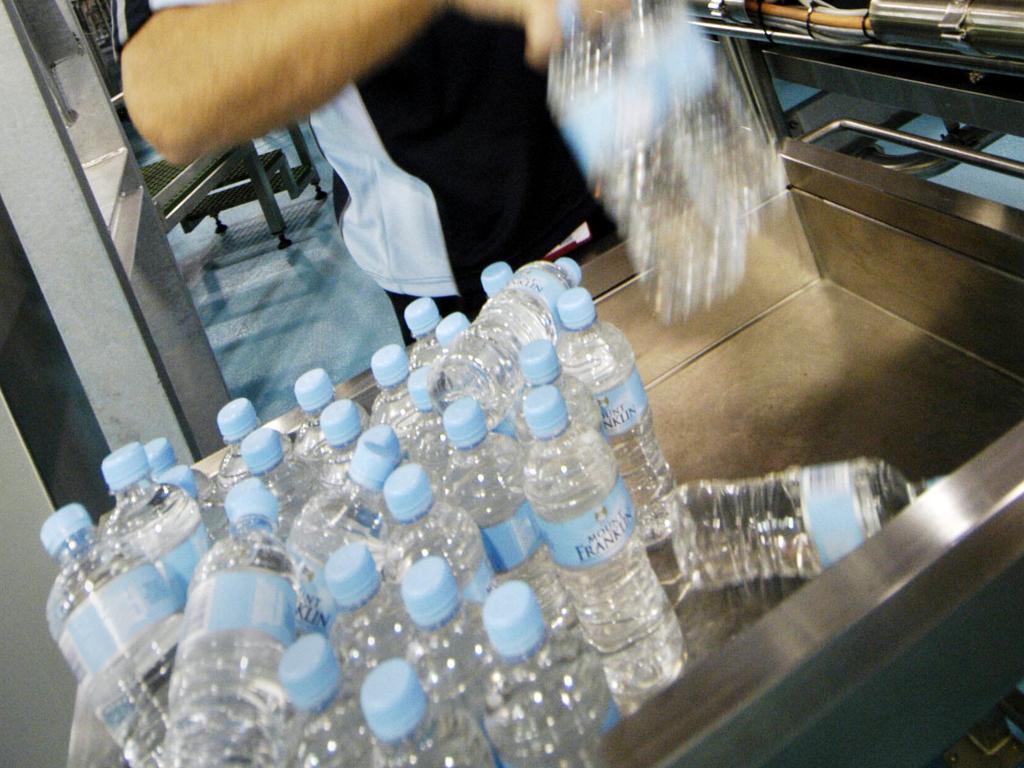AI breakthrough in mapping sea pollution
An Australian study has provided the technology to rapidly accelerate widespread surveying of ocean microplastic contamination, using artificial intelligence to find a breakthrough.

An Australian study has provided the technology to rapidly accelerate widespread surveying of ocean microplastic contamination, using artificial intelligence to break through the greatest “bottleneck” in finding a worldwide path to prevention.
The program, developed by Monash University, uses machine learning algorithms to analyse thousands of samples, completing in a fraction of a second what would take humans months of work.
By finding chemical signatures unique to plastics and polymers it can differentiate artificial compounds from other fine particles, finding the overall concentration and make-up of a region’s microplastic footprint.
Lead scientist Frithjof Herb suggested the AI technology gave the first potential pathway to widespread surveying. He said the current lack of widespread and conclusive evidence made politicians hesitant to take action limiting plastic pollution.
“People often criticise governments for not doing more about microplastics, but I can kind of understand why politicians might be reticent to make decisions on something that’s so nebulous and difficult to gain real insight on,” he said.
“I found out (Monash) had these enormous volumes of data which are actually quite difficult to analyse.
“I figured maybe I could use my statistical background to automate the analysis of these things. Turns out that it’s actually a much bigger problem than I initially thought, and it went from being a summer project into an honours year, and it’s continued into a PhD.”

Mr Herb compared the machine learning system to a facial recognition system; rather than memorising the chemical signature of every individual plastic, it learns to recognise their common attributes and classify the difference in each as it goes, similar to how a computer may learn the basic features across different faces, then spot their differences.
“Right now, we still don’t quite know how to sample environments or samples sufficiently. Right now it turns out, every time we go to a new environment, we get a whole set of new issues that we need to face,” he said.
“Once we have all that together, and we can start getting deeper insights into how things are distributed around the world, we start getting better insights into how different plastics impact health outcomes and the environment … right now, we’re very much in the dark.”
The technology, available open source, was made to run on simple computers for ease of use.
Researchers suggested the tool could eventually be affixed to a range of sea vessels which could idly analyse oceans as they travelled, rather than chartering dedicated surveyors.
Research journal Nature recently found the exponential rise in microplastic pollution was reflected in the human body.
Long-term health effects of microplastic contamination are still up for debate, but have been linked to cancer and infertility.







To join the conversation, please log in. Don't have an account? Register
Join the conversation, you are commenting as Logout